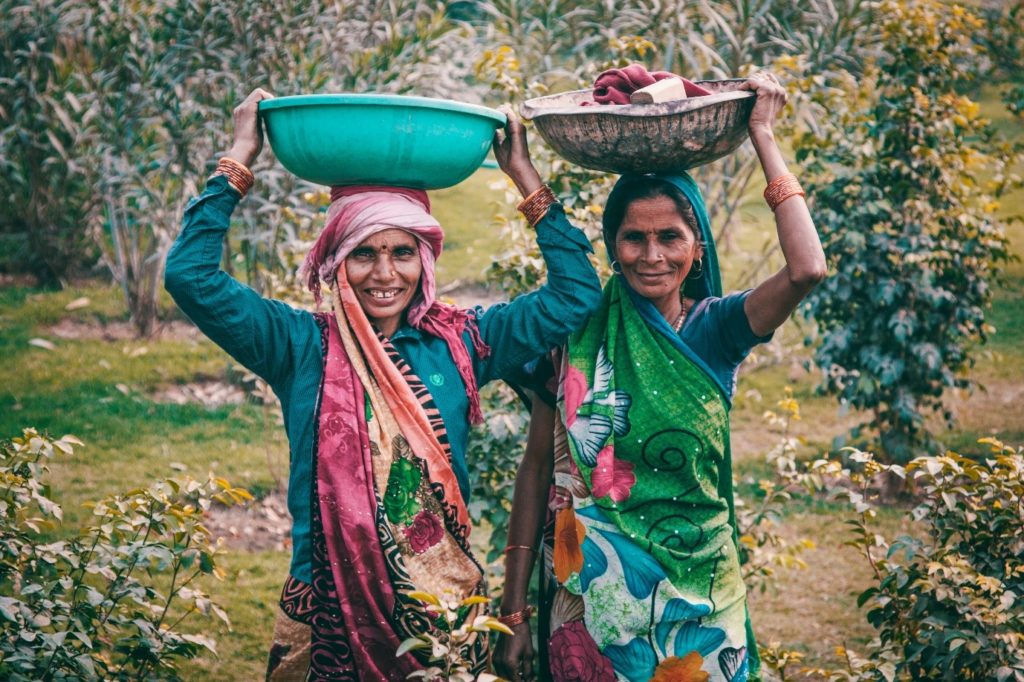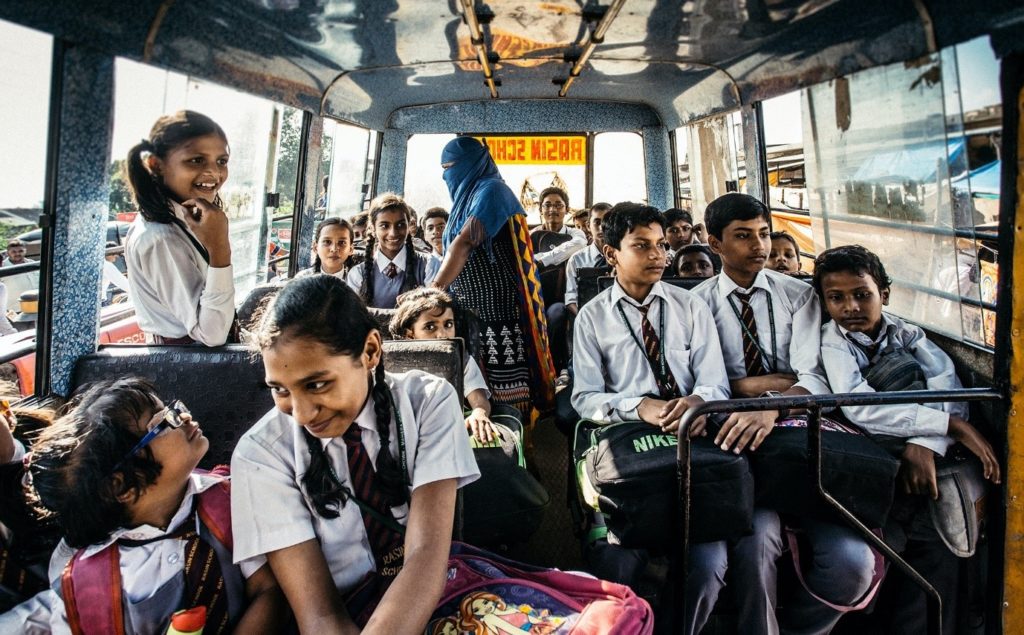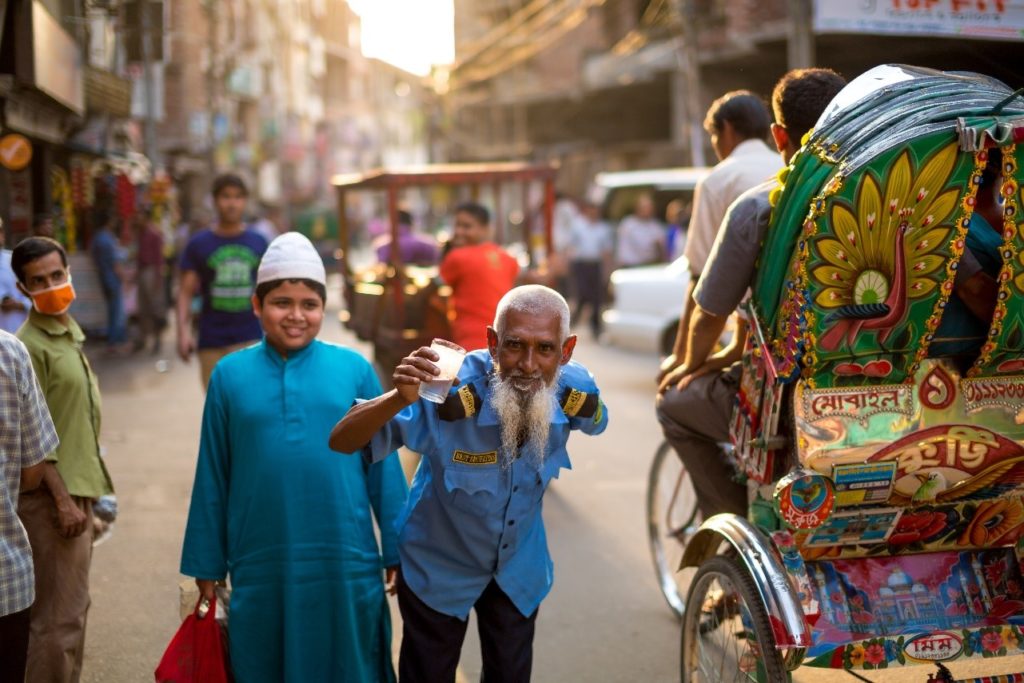Explore India’s population boom – its opportunities, challenges, and global implications. With an emphasis on demographics, economic potential, and international influence, this blog navigates the complexities of India’s shifting population landscape.
India’s Population Boom: A Cause for Celebration or Concern?

India’s population has reached an impressive 1,425,775,850, surpassing China as the most populous nation on the globe. This intriguing shift prompts a fundamental question – is this exponential population growth cause for celebration or concern?
According to United Nations’ estimates, India has now edged past China, with both nations accounting for over a third of the global population. Despite a decennial census delay, the evidence is clear – India is experiencing an unparalleled population boom.
Interestingly, India’s fertility rate has plummeted from 5.7 births per woman in 1950 to just two births today. Despite this decline, the nation’s population is projected to continue swelling for several more decades, peaking around 2064 before it gradually recedes.
India’s Remarkable Demographic Transition

India has accomplished a “healthy demographic transition” by rolling out family planning programs within a democratic framework amidst a largely uneducated populace. While the nation’s progress has been slower than China’s, it’s noteworthy that India’s fertility rate now dips below the replacement level in 17 out of its 22 states. In fact, India was a pioneer in this field, launching its family planning program back in 1952.

Opportunities and Challenges Ahead

India’s population explosion carries a blend of opportunities and challenges. With one in five people below the age of 25 in the world hailing from India, this vibrant and dynamic workforce could become the largest global talent pool. However, the country faces the daunting task of generating sufficient jobs and supporting the increasing migration from rural areas to cities.
Addressing the Aging Population

As the Indian populace ages, the country must meet the escalating needs of its senior citizens. The UN estimates that between 2023 and 2050, the number of people aged 65 and above will more than double in India. This demographic shift will test the capacity of healthcare and social insurance systems. To adapt, India will need to conceive new policies and services to aid its aging population, including enhanced healthcare, social security, and community support systems.
Implications on the Global Stage
India’s swelling population also holds implications on the international stage. As the most populous nation, India could fortify its bid for a permanent seat in the UN Security Council. India’s expanding influence in the world could trigger a shift in global politics and economics, redefining the nation’s role in tackling international issues.

India’s population growth ushers in a unique set of opportunities and challenges. As the nation sails through the complexities of this demographic shift, it must address the needs of both its young and aging populations while aiming for sustainable development. The future of India will undoubtedly leave an indelible mark on the world, and the nation’s capacity to adapt and innovate will be pivotal to its success.
Do let us know your thoughts on the future of India’s population growth and its potential impact. Your feedback is valuable to us!
Stay tuned to find out whether India will emerge as the third largest economy by 2030.
